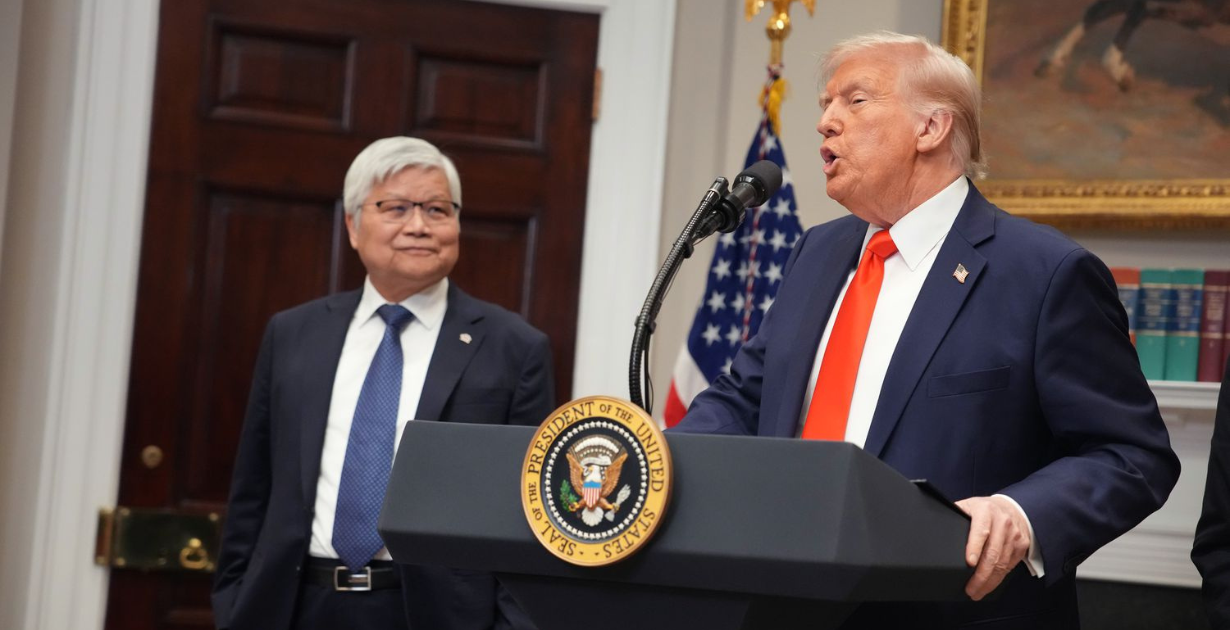Trump’s Tariff May Lead to Increase in Phone Sales
Smartphones, laptops, and smartwatches may be affected by Trump’s tariff, according to a Verge Report.
It will be some time before Trump’s extensive tariffs result in a heightened process for customers, unless something changes.
In general, contemporary devices are no longer manufactured or assembled exclusively in the United States.
Device manufacturers, regardless of their size, procure components from various regions worldwide and frequently have them assembled abroad prior to importing the final product into the country.
According to Jason Miller, a professor of supply chain management at Michigan State University, the inflationary effect is the most significant issue at present.
“We will begin to observe those effects by midsummer and, without a doubt, during the back-to-school season if they remain in place for several months.”
Miller observes that the majority of devices will be subject to a 54 percent tariff when they are transported from China to the United States.
Apple has relocated some of its manufacturing operations to Vietnam, which also has a high tariff rate of 46 percent.
Miller predicts that profits will plummet and capital investment will decrease if companies endure the additional cost without passing it on.
“Alternatively, they may transmit a substantial portion of the cost to the downstream buyer, who is frequently the consumer.”
Ryan Reith, group vice president of worldwide device monitors at IDC, predicts that every device category will be adversely affected, unless there are any new exemptions or modifications.
However, the impact on devices will be distinct. According to Reith, smartphones possess a “well-established monthly hardware payment dependence,” which provides them with greater flexibility than televisions or personal computers.
Miller concurs, asserting that it is improbable that a smartphone will abruptly increase in price by 50%.
news via inbox
Get the latest updates delivered straight to your inbox. Subscribe now!




